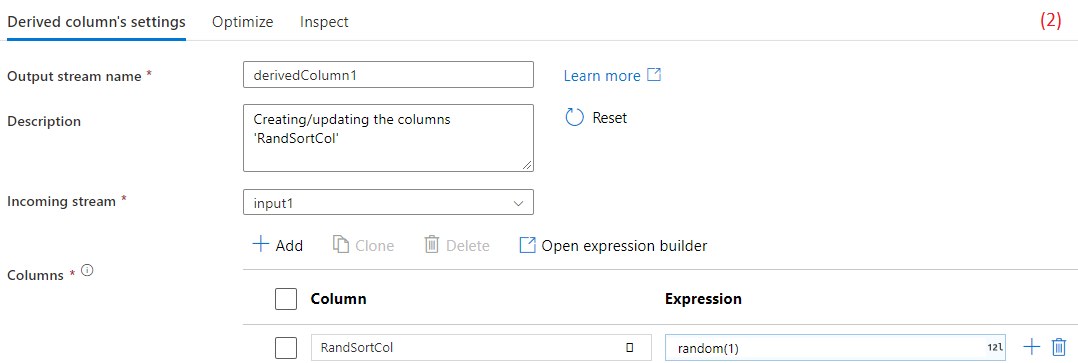Hi @Jan ,
Thank you for sharing details.
yes, it's expected behavior, let me explain in simple words, Flowlet is like a function which take some columns as input and returns some columns back.
In your case, your flowlet actually outputing back only one column which is RandSortCol. Hence, the moment you add that flowlet in to dataflow using flowlet transformation it is returning back only one column which is RandSortCol.
Kindly consider checking below video if mine, where i explained about flowlets.
Flowlets in Mapping data flow in Azure Data Factory
Hope this helps. Please let me know if any queries.
-----------
Please consider hitting Accept Answer button. Accepted answers help community as well.









